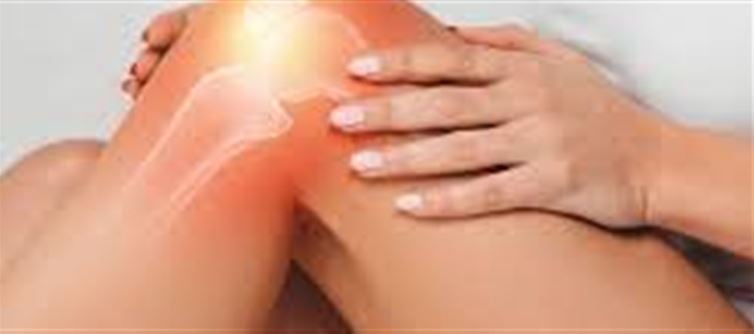
Knee pain is one of the most common complaints among women, and studies show that women are more prone to knee problems than men. From daily discomfort to chronic conditions, understanding the causes and preventive measures is crucial.
1. ⚖️ Anatomical Differences
· women generally have a wider pelvis, which affects the angle of the thigh bone (femur) and knee joint.
· This Q-angle difference can put extra stress on the knees, making them more prone to injuries and conditions like patellofemoral pain syndrome.
2. 🦵 Hormonal Influence
· Estrogen and relaxin, hormones present in higher amounts in women, can loosen ligaments.
· While helpful during pregnancy, looser ligaments can increase the risk of knee injuries, especially during sports or physical activity.
3. ⚡ lifestyle and Activity Factors
· Sedentary lifestyles combined with high-impact activities (running, jumping) can overload the knees.
· women are also more likely to wear high heels, which affects posture and knee alignment, adding stress to the joints.
4. ⚠️ Common Knee Problems in Women
· Osteoarthritis: Degeneration of knee cartilage, often more severe in women due to hormonal and anatomical factors.
· ACL Injuries: women are 2–8 times more likely than men to injure the anterior cruciate ligament during sports.
· Patellar Pain Syndrome: Pain around the kneecap due to alignment issues or overuse.
5. 🏃 Preventive Measures
· Strengthen Muscles: Focus on quadriceps, hamstrings, and hip muscles to support the knee.
· Maintain Healthy Weight: Extra body weight increases stress on knee joints.
· Proper Footwear: Avoid high heels; use supportive shoes during workouts.
· Low-Impact Exercises: Swimming, cycling, and yoga can strengthen knees without overloading them.
· Stretching: Regularly stretch hamstrings, quads, and calves to maintain flexibility.
6. 🩺 When to See a Doctor
· Persistent knee pain, swelling, or instability
· Difficulty walking or climbing stairs
· Pain that doesn’t improve with rest or exercise
Final Take
Women’s knees face unique challenges due to anatomy, hormones, and lifestyle factors. But with strength training, proper footwear, and mindful movement, most knee problems can be prevented or managed effectively.
Disclaimer:
The views and opinions expressed in this article are those of the author and do not necessarily reflect the official policy or position of any agency, organization, employer, or company. All information provided is for general informational purposes only. While every effort has been made to ensure accuracy, we make no representations or warranties of any kind, express or implied, about the completeness, reliability, or suitability of the information contained herein. Readers are advised to verify facts and seek professional advice where necessary. Any reliance placed on such information is strictly at the reader’s own risk.




 click and follow Indiaherald WhatsApp channel
click and follow Indiaherald WhatsApp channel